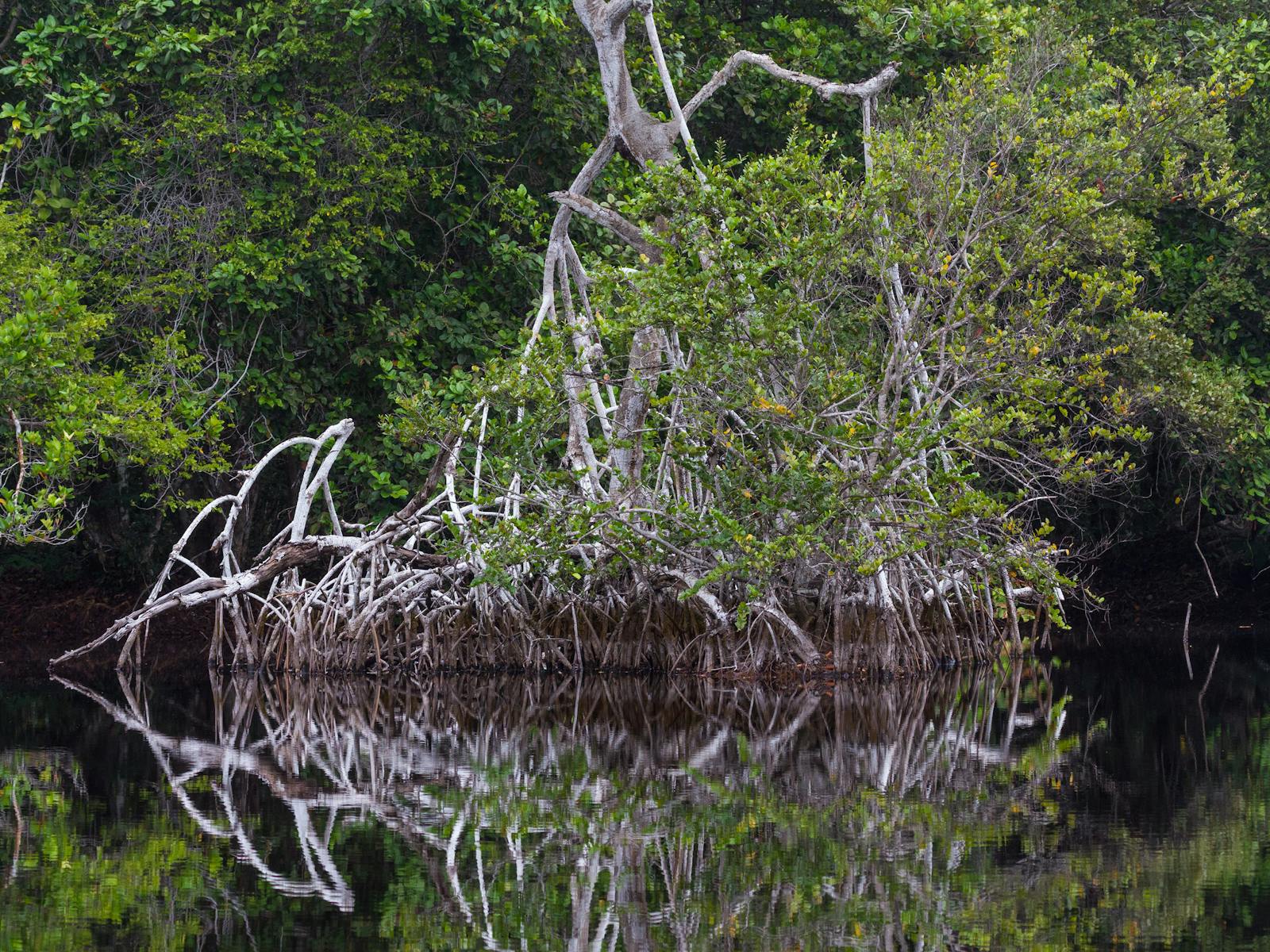University of Melbourne | Limiting Warming to 1.5°C through Land-based Carbon Dioxide Removal within a Responsible Framework
The concepts of ‘nature-based solutions’ and ‘ecosystem restoration’ have been gaining attention as alternatives to expensive engineered carbon-dioxide removal technologies, such as large-scale bioenergy plantations with carbon capture and storage, air carbon capture, and solar radiation management, which may have potential damaging long term side effects. Carbon removal will be featured prominently in the upcoming Glasgow climate talks at the end of 2021.
Multiple scenarios have now been published for pathways to deep decarbonization in the energy and land-use sectors. This project proposes to cut through the noise of the competing and overlapping proposals for achieving 1.5°C by presenting an updated version of the APCAG model which builds on the progress in understanding ecosystem restoration for climate mitigation, incorporating new AR6 carbon budgets to be released in August 2021. We will present what could be termed a ‘progressive restoration’ pathway, commencing in 2020, that is aligned with the broader goals of biodiversity protection, food security, and sustainable development.
Ultimately, pathways to achieving the 1.5°C goal will have more public support when they bring about multiple co-benefits, and more policy confidence when they are based on the latest observational and modeling data. The analyzed pathways for 1.5°C will be adjusted to take into account near-term adjustments to COVID-19 and longer-term recovery scenarios.
Objectives
This project aims to update and build on previously published pathways by including the latest carbon budget and climate sensitivity data, as well as applying ambitious policy assumptions for ecosystem-based restoration pathways in the land sector. The latter will address the lack of scenarios reflecting the policy imperative included in the SDGs and NY Declaration Forests to phase out the loss of primary forests and peatlands by 2030.
Specifically, the project will prepare an updated APCAG 1.5°C mitigation pathway, as well as supporting papers and policy documents. The updated 1.5°C pathway will include:
- Baseline budget: incorporating the new post-2020 budget for fair (50%) and good (66%) chance of 1.5°C. The paper will make the new AR6 carbon budgets accessible to policymakers and general audiences, and explain assumptions relating to emissions sensitivity and biosphere feedbacks.
- Baseline scenario: The total energy & cement emissions assuming a peak and rapid decline in 2025. This will be based on delayed implementation of the 1.5°C energy scenario from APCAG (Teske, 2019), along with a wide range of SR1.5 and AR6 pathways for comparison. Estimated future emissions reductions adjusted based on ‘green’ COVID recovery option.
- Land-use scenario: Our current best understanding of the technical potential of natural CO2 removal with 5 land-use pathways: (1) Forest ecosystem restoration (including peatlands); (2) reforestation; (3) forest management; agroforestry; and (5) silvopasture (trees on rangelands/grasslands). Additional data for coastal restoration pathways will be included to the extent possible (mangroves and coastal wetlands).
- Quantifying the required phase-out of carbon emissions from agriculture, forestry, and other land-uses (AFOLU) to maintain the possibility of a 1.5°C scenario.
- Conclusions that clarify the needed reductions in fossil fuel, land-use, and other (non-CO2) emissions, and the subsequent implications for policy discussions related to carbon trading, offsets, and net-zero targets.
The new 1.5°C pathway will incorporate the following updated data:
- Latest carbon budget and climate sensitivity estimate to ensure mitigation pathways are compatible with a 1.5°C temperature limit. It will include the updated MAGICC version 7.4 in a probabilistic setting that reflects the assessed uncertainty ranges from the forthcoming IPCC Sixth Assessment Report.
- Latest biosphere buffer assumptions based on AR6 consensus - reflected in an updated version of MAGICC7.4’s carbon cycle model.
- An up-to-date starting point for current emissions based on actual emissions reductions in 2020 due to COVID-19 and land-use emissions data for 2020 (by utilizing GCB 2020).
Project outputs
An open-access, peer-reviewed publication in a high-profile journal to report the updated 1.5°C mitigation pathway incorporating 100% renewable energy and land- restoration based on the latest carbon budget, climate, and emissions data. A second synthesis paper reviewing current published ‘nature-based solutions’ pathways will illuminate the different approaches and assumptions and unpack what is contentious in this debate. Written and face-to-face (online) science briefings with policy and NGO audiences will further disseminate results to broad user groups engaged in current debates relating to carbon trading, offsets, and ‘net-zero’ targets. In-person travel will be considered, restrictions permitting (not budgeted).
Key Personnel
Kate Dooley, Malte Meinshausen, Zebedee Nicholls - University of Melbourne

